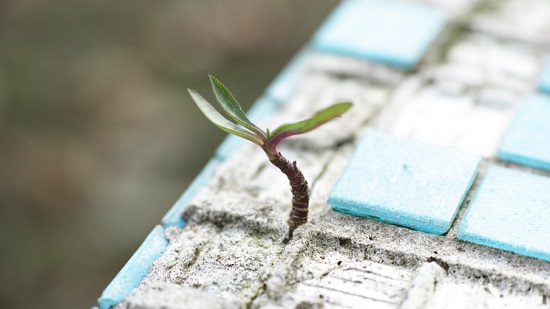 Friday, May 3, 2024
Friday, May 3, 2024  Friday, May 3, 2024
Friday, May 3, 2024 
Every year about two gigatons (2,000,000,000,000 Kg) of CO2 is released into our environment due to the production and usage of cement. According to a report from the United States Environment Protection Agency (EPA), cement ranks third among the top ten biggest sources of industrial pollution. Surprisingly, a team of researchers claims that we can put a full stop to this cement-driven carbon emission overnight by replacing traditional cement with their new microalgae-based biogenic (a substance made using living organisms) cement.
A team of researchers from the University of Colorado Boulder — in association with their fellow scientists at the National Renewable Energy Laboratory (NREL) and the University of North Carolina Wilmington (UNCW) — have developed a unique carbon-neutral method using which portland cement can be produced from biologically grown limestone. This new material can drastically reduce the environmental pollution caused due to construction activities around the globe.
Interestingly, concrete which is primarily made using portland cement, water, and gravel is considered the most consumed material across the globe next to water. Whether it is North America, Europe, or Asia, construction activities can not be imagined without concrete and especially portland cement.
While highlighting the significance of concrete, lead researcher and CU Boulder Professor Wil Srubar said, “We make more concrete than any other material on the planet, and that means it touches everybody’s life.”
However, it is very unfortunate that the commercial production of portland cement involves the incineration of large quantities of limestone resulting in massive CO2 emissions. Moreover, the air quality of the area where cement is produced is also heavily compromised as the burning of limestone releases various pollutants and toxic gases into the air. The solution to this problem popped into the mind of Professor Wil Srubar in 2017 on his trip to Thailand.
Keep reading on InterestingEngineering.com